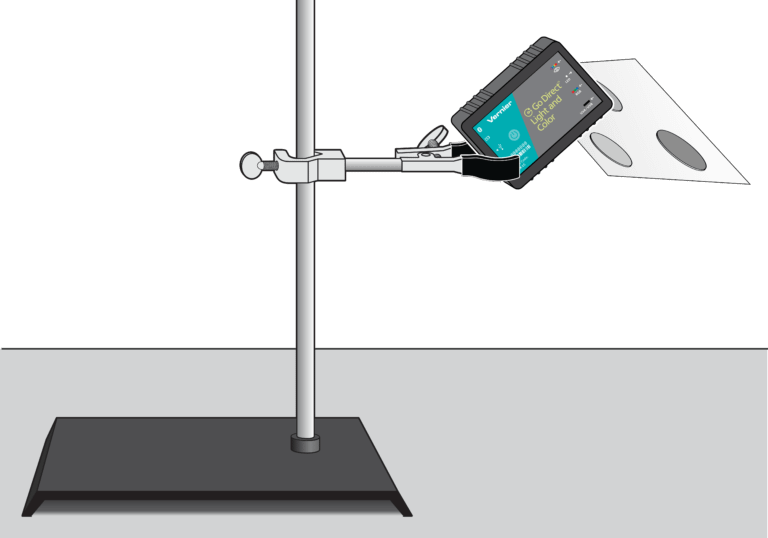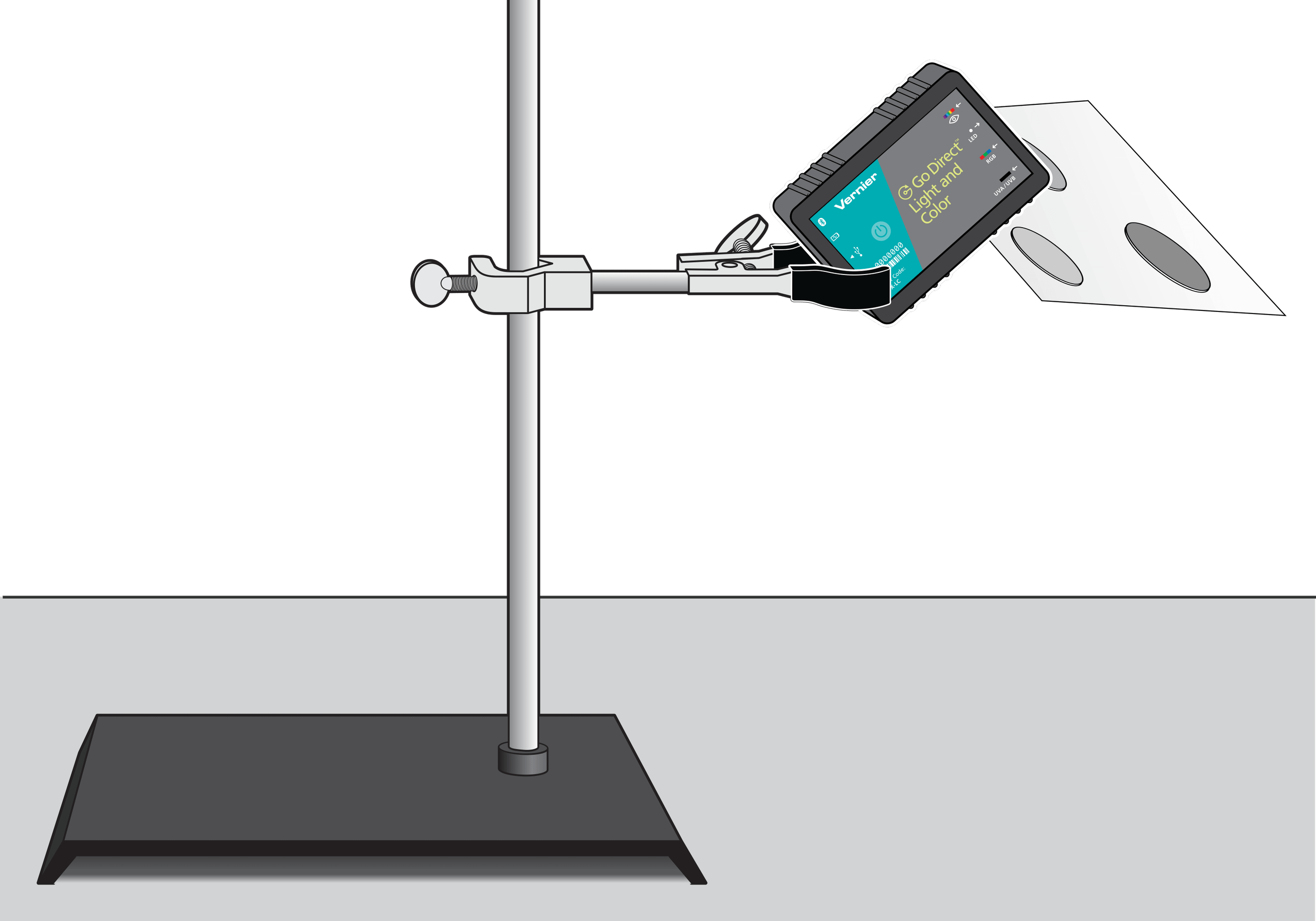
Introduction
New fabrics are being introduced to the clothing market that claim to block all UV light. There are also additives to put in your wash to make your clothes more efficient at blocking UV light. But are these added expenses needed? How well do your current clothes and swimming suits protect your skin?
The ultraviolet band is broken into three types referred to as UVA, UVB, and UVC. The most harmful of these three, UVC light, is absorbed by the atmosphere and does not reach the surface of Earth. UVA light is deep-penetrating and causes tanning, wrinkles, and some forms of skin cancer. UVB light is also responsible for many skin problems such as sunburns and several forms of skin cancer.
In this experiment, you will measure the levels of UV light that can pass through fabrics. You will compare fabric colors and types. You will then get the fabrics wet and again measure the amount of UV light passing through.
Objectives
- Use a Go Direct Light and Color Sensor to measure UV light.
- Determine the amount of UV light allowed through various fabrics.
- Determine whether the UV-blocking abilities of fabrics change when wet.
Sensors and Equipment
This experiment features the following sensors and equipment. Additional equipment may be required.
Ready to Experiment?
Ask an Expert
Get answers to your questions about how to teach this experiment with our support team.
- Call toll-free: 888-837-6437
- Chat with Us
- Email support@vernier.com
Purchase the Lab Book
This experiment is #22 of Earth Science with Vernier. The experiment in the book includes student instructions as well as instructor information for set up, helpful hints, and sample graphs and data.



